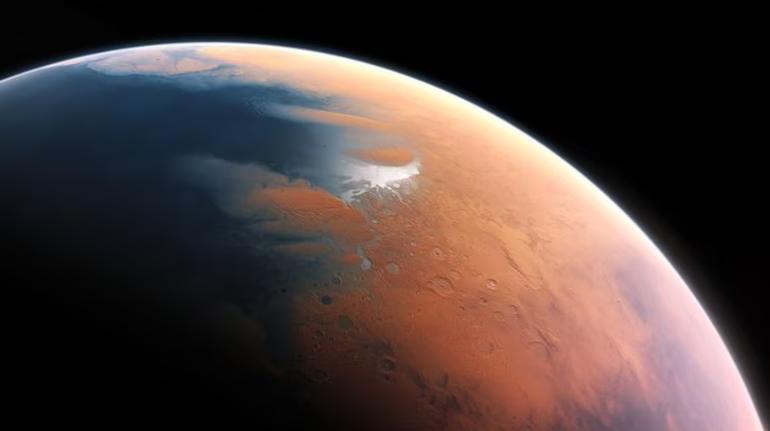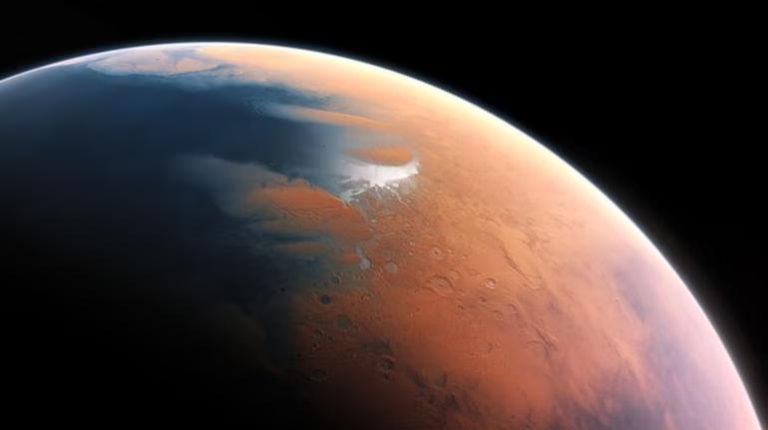
Mars may have once had rain & snowfall, finds new study
For years, scientists have been fascinated by the possibility of life on Mars, and a new study has shed new light on the Red Planet’s past. According to a recent study by the University of Colorado Boulder, Mars may have once experienced rainfall and snowfall, feeding valleys and channels. This finding has significant implications for our understanding of the planet’s history and the possibility of life existing there.
Studies have suggested that there is evidence that at least some water existed on the surface of Mars around 4 billion years ago. However, the source of the water has not been ascertained yet. The new study, published in the journal Science, provides further evidence of water on Mars and suggests that it may have played a crucial role in shaping the planet’s surface.
The researchers used data from NASA’s Mars Reconnaissance Orbiter to analyze the planet’s surface features. They found that many of the valleys and channels on Mars were carved out by flowing water, rather than being the result of tectonic activity or erosion. This suggests that water may have played a more significant role in shaping the planet’s surface than previously thought.
The team also found evidence of ancient lakes and rivers on Mars, which would have required a significant amount of water to exist on the surface. This is significant because it suggests that Mars may have had a more Earth-like environment in the past, with liquid water and a stable climate.
The study’s findings have significant implications for our understanding of the possibility of life on Mars. If the planet once had a stable climate and liquid water, it’s possible that life could have existed there. The discovery of water on Mars is a crucial step towards finding life on the Red Planet, as it provides a potential source of sustenance and a habitable environment.
The study’s lead author, Dr. James Wray, said in a statement, “Our findings suggest that Mars may have had a more Earth-like environment in the past, with liquid water and a stable climate. This raises the possibility that life could have existed on Mars, and that it may have been more widespread than we previously thought.”
The study has also sparked renewed interest in the search for life on Mars. NASA’s Perseverance rover, which is currently exploring the Martian surface, is equipped with instruments designed to search for signs of life. The European Space Agency’s ExoMars rover, which is scheduled to launch in 2022, will also be searching for signs of life on the Red Planet.
The discovery of water on Mars is also significant for future human missions to the planet. If Mars once had a stable climate and liquid water, it’s possible that future human settlers could use the planet’s natural resources to sustain themselves.
In conclusion, the discovery of rainfall and snowfall on Mars is a significant finding that has significant implications for our understanding of the Red Planet’s history and the possibility of life existing there. The study’s findings have sparked renewed interest in the search for life on Mars and have significant implications for future human missions to the planet.






